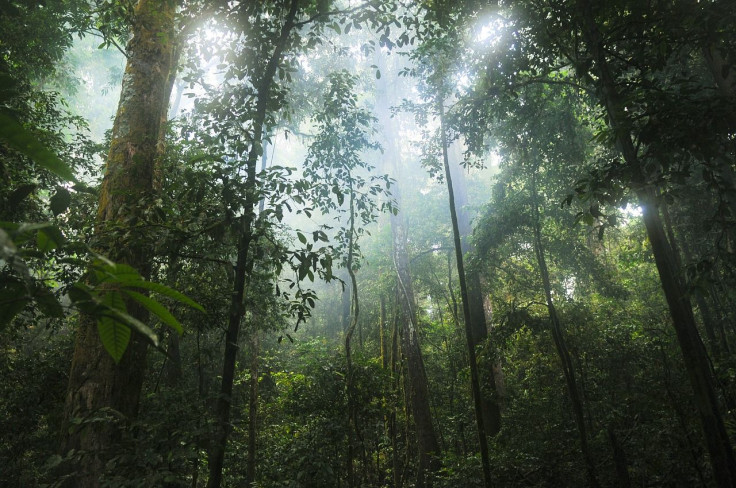Tree Unidentified For Decades Now Declared New Species
KEY POINTS
- Samples of a mystery tree were collected in 1973
- Its appearance "didn't fall neatly into any family"
- It remained unidentified for decades
- Scientists now identify it as a part of Picramniaceae family
For decades, scientists have been baffled by a mysterious tree in the Amazon rainforest. Now, it has finally been declared a new species.
Samples of the mysterious tree were first collected by scientist Robin Foster on a forest trail in Peru's Manu National Park in 1973, Field Museum noted in a news release. It was about 20 feet tall and had small orange fruits that looked like orange Chinese lanterns.
"I didn't really think it was special, except for the fact that it had characteristics of plants in several different plant families, and didn't fall neatly into any family," Foster, now of the Smithsonian Tropical Research Institute, said in the news release. "Usually I can tell the family by a quick glance, but damned if I could place this one."
Other scientists were also stumped by the mysterious tree that remained unidentified for many years.
Mystery of Manu
In their new study, published in the journal Taxon, a team of researchers finally identified the tree as a new species.
"Preliminary molecular analysis indicated that it belonged to the Picramniaceae, even though the vegetative features were discordant," the researchers wrote.
In fact, the scientists were quite surprised with the results as it did not look "anything" like its relatives, the Field Museum noted. Study co-author, Nancy Hensold of the Field Museum, had even wondered if perhaps the fresh samples that were tested might have been contaminated.
"When I opened the package and looked at the specimens, my first reaction was, 'What the heck?' These plants didn't look like anything else in the family," study co-author and expert in Picramniaceae, Wayt Thomas of The New York Botanical Garden, said in the news release. "So I decided to look more carefully – once I looked really carefully at the tiny, 2-3 millimeter long flowers, things fell into place."
With the mystery now solved, the researchers gave it the fitting name Aenigmanu alvareziae, which means "mystery of Manu," and also honoring the person who collected the fresh samples used in the analysis, Patricia Álvarez-Loayza.
According to the researchers, giving it a name may help with the conservation of the Amazon rainforest, given the threats of climate change and deforestation.
"Giving them unique names is the best way to organize information about them and call attention to them," Foster said. "A single rare species may not by itself be important to an ecosystem, but collectively they tell us what is going on out there."
Furthermore, while it is technically new to scientists, the Field Museum noted that it has been used by the Indigenous Machiguenga people for a long time.

© Copyright IBTimes 2024. All rights reserved.






















